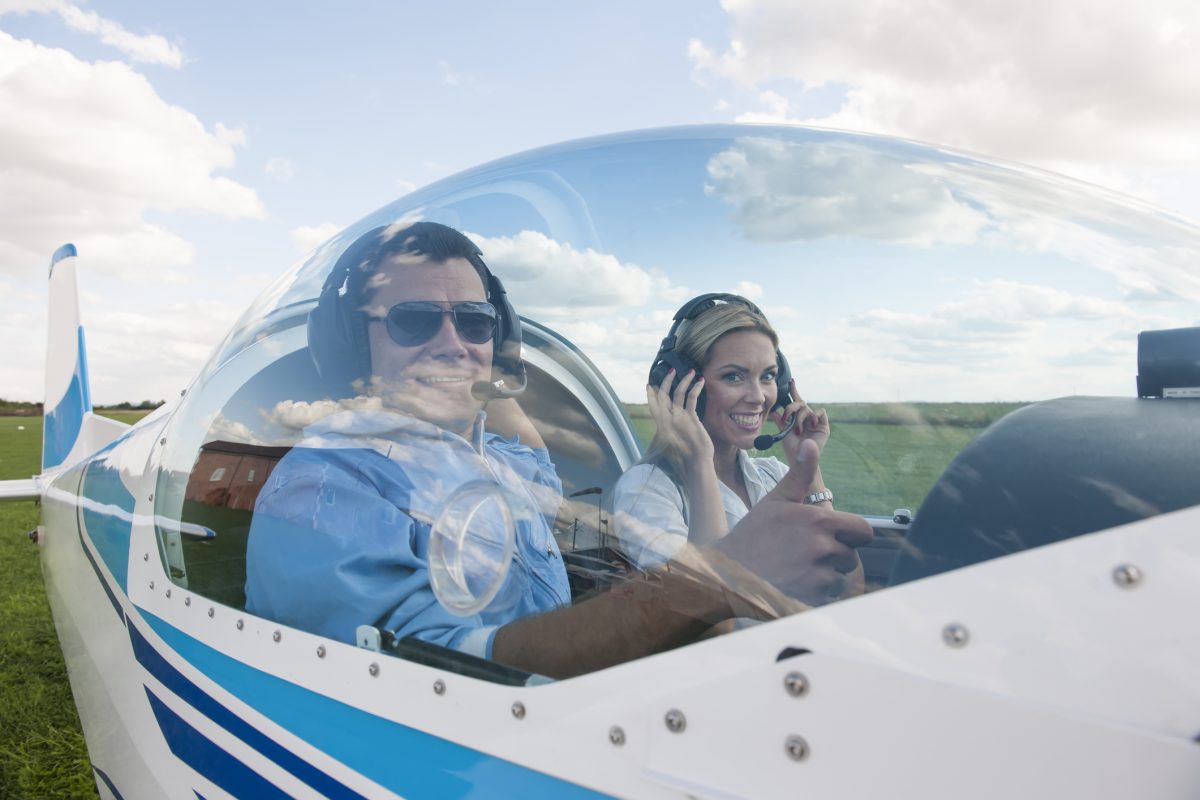
There are countless reasons to take a break from flying. Sometimes, life just gets in the way, whether it’s due to financial limitations, increased family or career responsibilities, or even health issues. According to AOPA research, there are more than 500,000 inactive pilots in the United States. But lately, we’re seeing people rediscover the fun, freedom, and flexibility of general aircraft travel. The convenience of private transportation alone may be motivation enough for lapsed or rusty pilots to get back into flying.
No matter your situation, if you’re an inactive pilot ready to return to the left seat, help is available! Now is a perfect time to “brush off the rust” and refresh your flying skills.
Here are some tips to help you get back into flying:
Returning to flight isn’t necessarily like riding a bicycle. Depending on how long you’ve been grounded—and your prior experience—it may take some time before you’re mentally ready to take to the skies again.
A good starting point is to refresh your fundamental flying knowledge. Dust off your copies of the Aeronautical Information Manual and The Airplane Flying Handbook—you can also find them on the FAA’s website. If you’re looking for more study material, AOPA’s Rusty Pilots program offers a ton of helpful articles, online courses, quizzes, seminars, and videos designed to help pilots get back to active flying status.
Practicing chair flying is another easy way to re-familiarize yourself with flight and weather planning, aircraft systems, and in-flight workload management. Take the time to review checklists and emergency procedures. If you’re worried about keeping up with rapid-fire radio communications, pick a busy airfield and tune in to LiveATC. Just listening to the back-and-forth cadence between controllers and pilots can help you fine-tune your communications skills.
FAR Part 61.56 (c) requires pilots to complete a flight review with a CFI every 24 calendar months to fly alone as pilot in command. But even if you’ve been inactive for less time, consider scheduling some time with a CFI to review basic skills and ease your way back into flying safely.
You can’t “fail” a flight review. The point is to ensure that you continue to update and expand your skills as a pilot. If you complete the flight review satisfactorily, the flight instructor will endorse your logbook. If not, the instructor will log your flight time as training received, and you can try again. There are several circumstances when a flight review is not required. One alternative is to complete one or more phases of the FAA Wings pilot proficiency program. Check out AOPA’s guide to learn more about what to expect in a flight review.
The FAA sets minimum requirements for pilots to maintain currency, but safe flying is about more than staying legal. Becoming a proficient pilot takes practice, both on the ground and in the air. Proficient pilots are committed to learning and growing through regular training and flying. Make a plan to focus on proficiency, whether that’s by studying relevant materials, practicing essential maneuvers with a safety pilot, or expanding your skills and knowledge with a new certificate or rating.
All good things take time. Don’t get frustrated if you’re not feeling proficient right away. It’s well worth it to put in the hours with a CFI to ensure your skills are sharp and you feel comfortable in the cockpit. Enjoy the process! Before you know it, you’ll be returning safely to the skies.